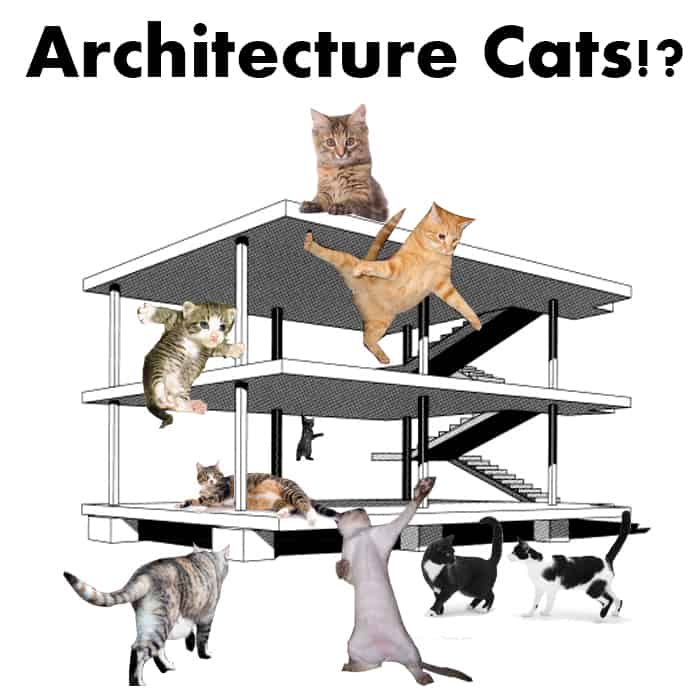The rise of "Cat Architecture" (Collaborative Agent Teams) signifies a shift towards leveraging specialized AI agents working together to tackle complex tasks beyond the capabilities of single agents. This approach is gaining significant momentum now due to several converging factors.
Why Cat Architecture is Surging Now
- Complex Problem Demand: Businesses face increasingly intricate challenges (e.g., multi-step data analysis, sophisticated research, personalized customer journeys) requiring diverse expertise that a single AI model cannot provide.
- Foundation Model Maturation: Powerful Large Language Models (LLMs) are now robust enough to act effectively as specialized agents (researchers, writers, coders, critics), forming the building blocks of collaborative teams.
- Tool and Framework Proliferation: Open-source frameworks (e.g., LangChain, AutoGen, CrewAI) and standards have emerged, drastically simplifying the orchestration, communication, and management of agent teams.
- Cost & Compute Optimization: Decomposing large tasks into smaller agent-specific subtasks allows better resource allocation; smaller models can handle specific roles efficiently, potentially reducing costs versus massive monolithic models.
- Autonomy & Efficiency Drive: Organizations seek greater automation of multi-step knowledge work processes, and agent teams offer a pathway to achieve higher levels of autonomy and workflow efficiency.
How to Implement Cat Architecture
Starting effectively requires a structured approach focused on purpose and iteration:
- Define Precise Use Case: Identify a specific, high-value problem requiring multiple skills or steps (e.g., market research report generation, multi-source data reconciliation, personalized content creation pipelines). Avoid overly broad applications initially.
- Select Your Foundation: Choose an orchestration framework suited to your needs (consider LangChain for flexibility, AutoGen for robust conversation patterns, CrewAI for role-based simplicity). Factor in language support (Python dominant) and deployment complexity.
- Decompose Roles & Skills: Break the task into discrete sub-tasks. Design specialized agent roles: Researcher, Analyst, Writer, Validator, Executive (decision-maker), Tool User (for APIs, searches, databases). Define clear responsibilities and outputs for each.
- Establish Agent Communication: Map out the collaboration protocol. How do agents request info, share results, delegate tasks, or escalate issues? Implement feedback loops and critical review stages.
- Build & Integrate Tooling: Equip agents with necessary tools (web search APIs, code executors, document readers, custom databases) to fulfill their roles effectively. Prioritize security and access control.
- Prototype & Iterate: Start with minimal viable agents (2-3) handling core workflow steps. Use low-cost models for prototyping. Rigorously test interactions, outputs, and error handling. Refine roles, prompts, and workflows based on results.
- Scale & Govern: Gradually expand agent teams and complexity. Implement robust monitoring and oversight: track costs, performance metrics, conversation logs, and final output quality. Build safeguards against incorrect information propagation or off-track behavior.
Focusing on tangible, well-defined problems and leveraging mature frameworks lowers the barrier to entry. Success hinges on meticulous agent role definition, effective collaboration design, and continuous refinement based on real-world testing.




